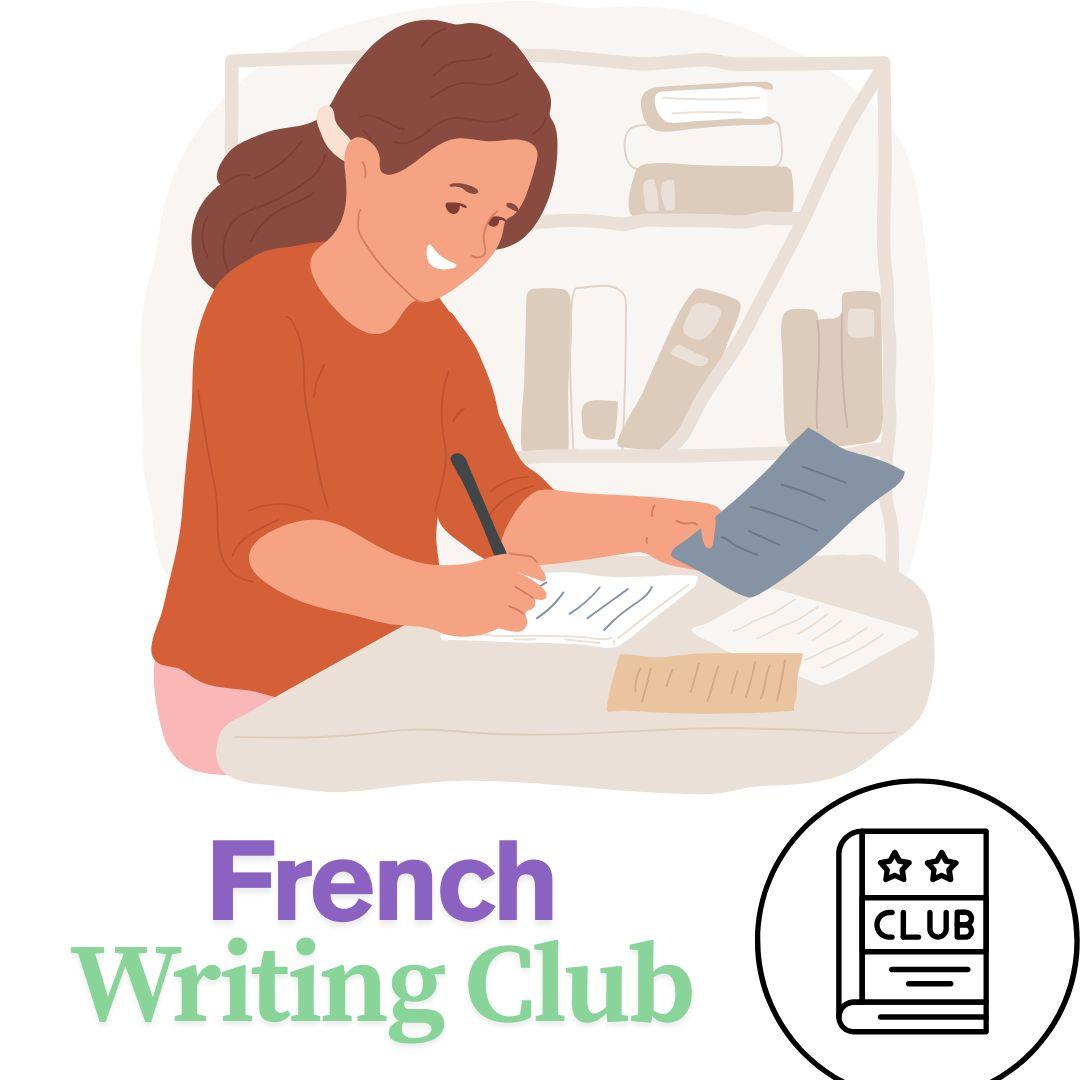
How to think in French: The key to fluency
Why is thinking in French so difficult?
Many learners reach a point where they can understand French but struggle to think directly in the language. Instead of forming sentences naturally, they translate everything from their native language.
This leads to:
❌ Slow speech – You pause too often to find words.
❌ Grammar mistakes – English and French structures don’t always match.
❌ A lack of spontaneity – Conversations feel unnatural and stressful.
So how do you break free from mental translation and start thinking directly in French? The answer lies in active immersion, habit-building, and mental shortcuts.
Surround yourself with French daily
The first step to thinking in French is exposure. Your brain needs constant input to absorb the rhythm, structure, and patterns of the language.
Here’s how to increase your French immersion daily:
🎧 Listen to French podcasts – Even 10 minutes a day trains your brain. (Try: InnerFrench, Français Authentique, Coffee Break French)
📺 Watch French videos with subtitles – Choose French subtitles, not English!
📖 Read simple texts in French – News, blogs, or children’s books work well.
💭 Narrate your day in French – Describe what you're doing, like: "Je prépare mon café. Il fait froid aujourd’hui."
The more French you hear and read, the faster your brain will recognize patterns, making it easier to think in French.
Use French words to describe simple thoughts
One common mistake is trying to form complex thoughts in French too soon. Instead, start with simple words and sentences.
💡 Tip: Think like a child learning to speak! Babies don’t start with long sentences—they use basic words first.
🔹 Instead of translating: "I need to go grocery shopping because I have nothing in the fridge."
🔹 Say: "Je dois acheter des choses. Mon frigo est vide."
Even if the sentence is basic, you’re thinking in French! Over time, you’ll naturally expand your ideas.
Learn French "Thinking structures"
Each language has its own way of structuring thoughts. French and English don’t work the same way!
Here are some key French thinking patterns to adopt:
Avoid "It" (English filler words don’t always exist in French!)
❌ "It is difficult for me to speak French."
✔ "C’est difficile de parler français." (No need for “for me” in French.)
Use the "Ça" Structure
In French, "ça" (that/this)" is often used to express opinions:
🔹 "Ça me plaît !" (I like it!)
🔹 "Ça m’énerve !" (That annoys me!)
Instead of thinking in English first and then translating, train yourself to use these natural French shortcuts.
Label your surroundings in French
A powerful way to rewire your brain for French is to surround yourself with French words.
🏠 At home:
- Stick post-it notes on objects: la porte (door), la fenêtre (window), la chaise (chair)
- When cooking, say the ingredients in French: "Je coupe les tomates. J’ajoute du sel."
🚶♀️ Outside:
- When walking, mentally describe what you see: "Une femme traverse la rue. Un chien court."
This technique forces your brain to make automatic connections between words and objects instead of relying on English.
Speak in French—Even to Yourself!
The best way to force your brain to think in French is to speak out loud as much as possible.
Try these exercises daily:
🗣 1-Minute French Challenge
- Pick a simple topic (What you did today, your weekend plans…).
- Speak for one full minute in French without stopping.
- If you don’t know a word, find another way to express it.
Example:
❌ I forgot the word for "movie theater"?
✔ Instead of stopping, say: "Je vais voir un film dans un grand bâtiment avec un écran."
This forces you to think creatively in French instead of mentally translating.
Use a French-only dictionary
One of the best ways to stop thinking in English is to use a monolingual French dictionary instead of translating words into English.
🌍 Example: Instead of searching "excited" in French, look up:
🔎 "Excité : Qui ressent une vive agitation due à une forte émotion."
This helps you associate words with their meaning directly in French, rather than linking them to English equivalents.
Recommended dictionaries:
📖 Larousse (larousse.fr)
📖 WordReference (French definitions)
Train your brain to react in French
One sign that you’re thinking in French is when your brain reacts in French before English.
✅ Practice automatic responses:
- Someone says “Bonjour !”, you instinctively respond “Bonjour ! Ça va ?”
- You drop something, instead of thinking "Oops!", you say "Mince !"
✅ Change your phone’s language to French
Seeing "Paramètres" (Settings), "Appels manqués" (Missed calls), "Batterie faible" (Low battery) daily forces your brain to adapt.
✅ Follow French social media pages
If your feed is full of French posts, you’ll naturally start thinking in French when scrolling.
Conclusion: Train your brain like a muscle
Thinking in French won’t happen overnight, but with daily exposure and small habits, you can rewire your brainto process French naturally.

Little by little, these small changes train your brain to function in French. Thinking in French is not about knowing more words—it’s about using what you already know differently.
✨ The more you think in French, the more fluent you become. ✨
What about you?
Do you already think in French sometimes? What’s your biggest challenge? Share in the comments!
En savoir plus sur French Creative Academy
Subscribe to get the latest posts sent to your email.







